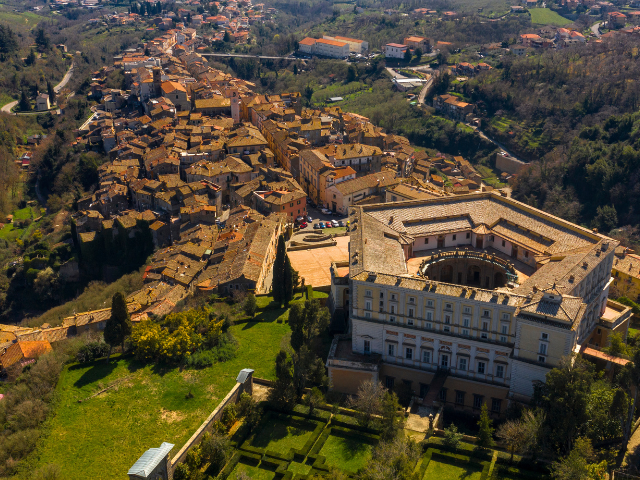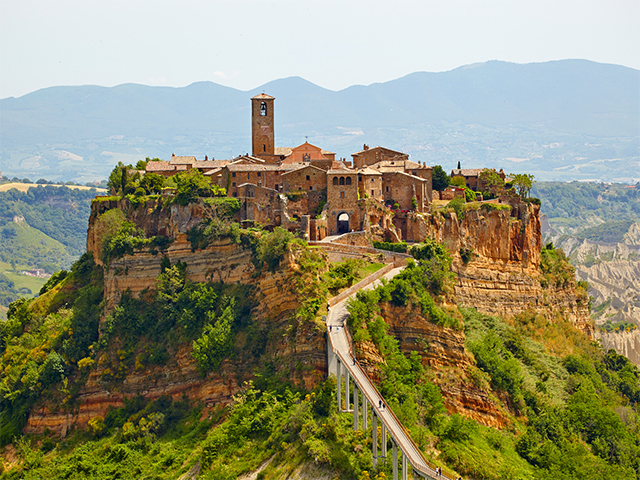Blera: what to see in the village and the surroundings
Discover what to do and what to see in Blera: from its historic center to the Etruscan necropolis, from the Devil's Bridge to the Mole waterfalls... don’t miss it!In the heart of Tuscia hides a real diamond in the rough to be discovered: the small village of Blera and its surroundings.
Built on a tufa hill and surrounded by the green valley at its feet, its origins are very ancient.
The first settlements date back to the VIII-VII centuries BC, as attested by several Etruscan necropolises located a few kilometers from the center of the village. After the Etruscan domination, Blera was subjected first to the Romans and then to the Lombards, while at the end of the Middle Ages it belonged to the family of the prefects of Vico.
Today Blera is a picturesque medieval village that hides several hidden gems ... if we have intrigued you a little, just keep reading this article.
Blera: the historic center
The village of Blera is an intricate tangle of narrow streets, whose tufa-walled houses are recognizable by the presence of the "profferli", the typical staircases typical of the medieval architecture of the Viterbo area.
Walking through its narrow streets, it is still possible to relive the emotions of the past. Walking along Via Roma, the main street, you can admire Porta Marina, one of the access gates to the ancient village, still intact.
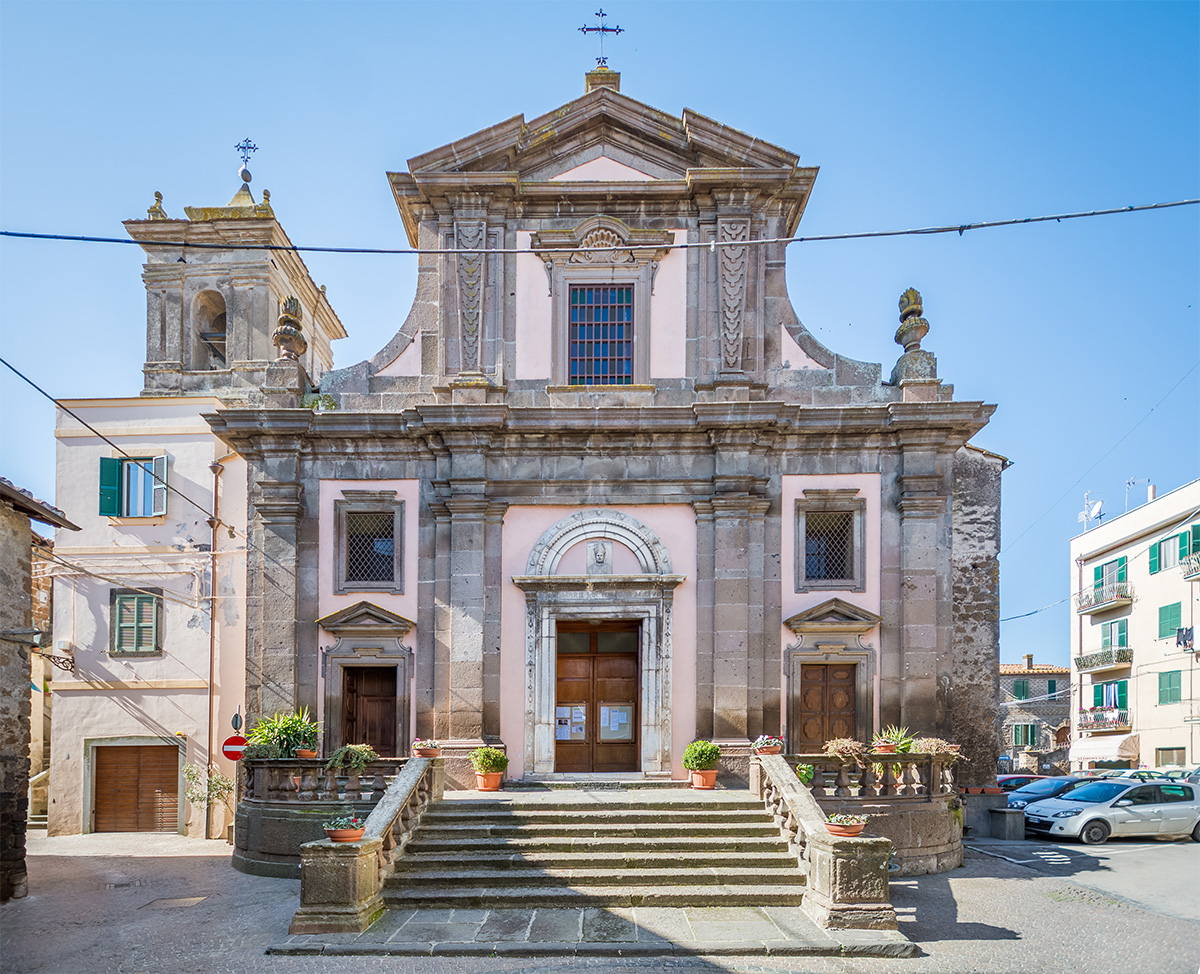
Along Via Roma are also the most important buildings, such as Palazzo Colonna and the Church of Santa Maria Assunta and San Vivenzio, which houses the tomb of the Saint.
Strolling through the narrow streets, one comes across other historic buildings, such as Palazzo Lattanzi (or Tornaforte), Palazzo Chiodi or of the "Mestre Pie Venerine" (current seat of the municipality), the Palazzina del Governatore and the Palazzo del Barone.
Also not to be missed is "the more hidden" Blera, formed by tunnels and caves dug into the tufa, which in the past were used as warehouses, stables and cellars.
Blera: trekking between history and nature
If you love outdoor excursions and trekking, don't miss the trails of Blera and the Biedano Valley.
BOOK NOW YOUR EXCURSION! 10% DISCOUT WITH CODE PROMOPORT10

Blera - Necropolis of Pian del Vescovo
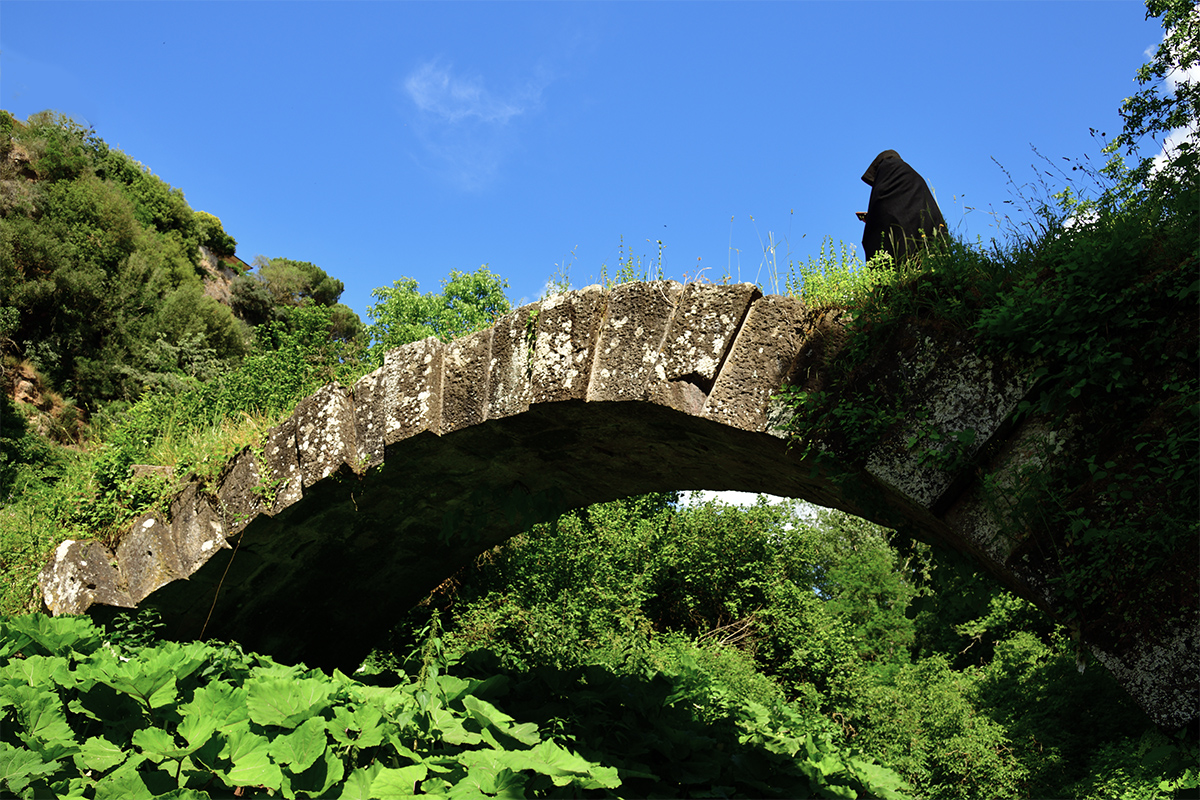
The Devil's Bridge - Blera
The entire surrounding area is covered in a beautiful vegetation and boasts numerous points of historical interest of the Tuscia region.
Passing along the ancient Via Clodia, you can visit several Etruscan necropolises, the best known of which is the Necropolis of Pian del Vescovo. The necropolis is located on a tuffaceous promontory near the so-called Ponte della Rocca of Roman origin, and is very popular among archa-trekking fans: there's a suggestive route that goes from Blera to Barbarano Romano.
Nearby, other Etruscan Necropolises include those of San Giovenale and San Giuliano, the Necropolis of Colombaio and the impressive Monumental Necropolis of Norchia.
The ancient Devil's Bridge (1st century BC), the spectacular Mole Waterfalls and much more contribute to making this area a cultural heritage to be rediscovered.
To use a metaphor, we can say that Blera is an authentic island surrounded by a green sea where history, architecture and nature merge into a jaw-dropping whole.
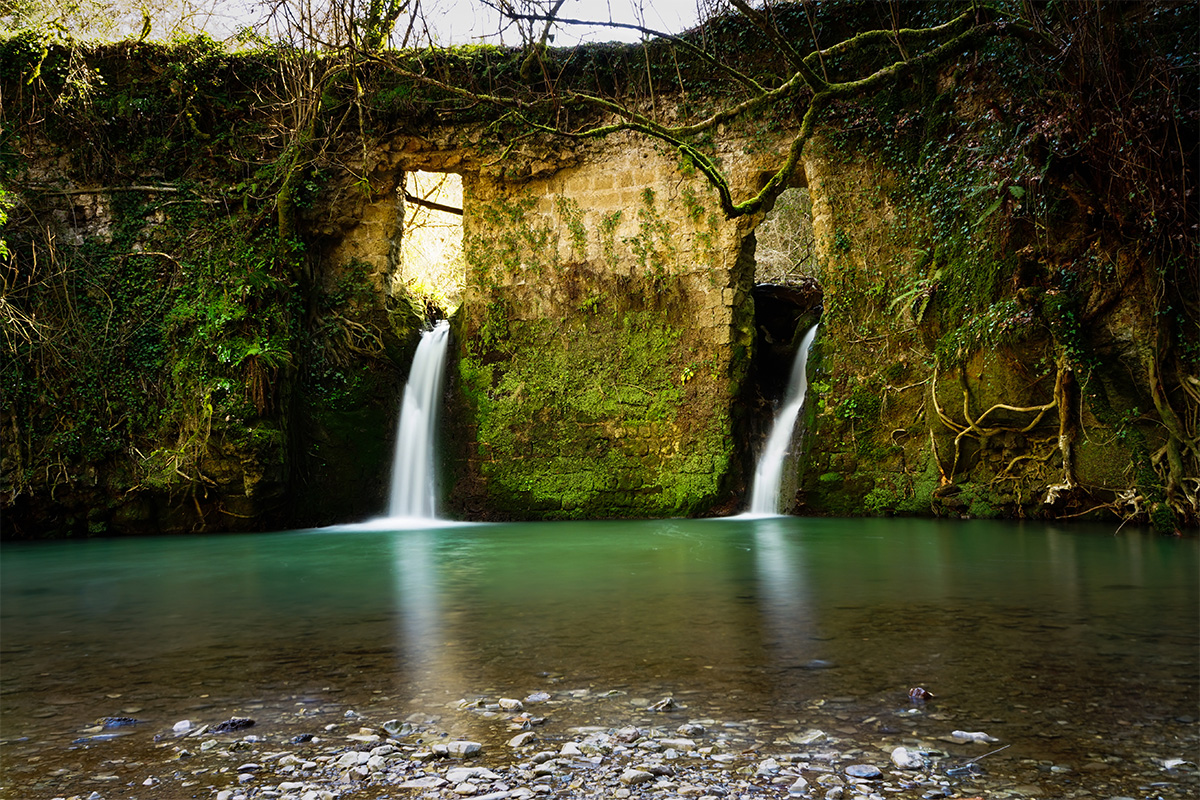
Mole Waterfalls (Blera)
Useful information
Blera
- HOW TO GET THERE
From Civitavecchia it is possible to get to Blera by Cotral bus, departing from Via XVI Settembre stop and arriving in about 1h30 minutes at Blera - Piazza Giovanni XXII stop.
However, we recommend you to get an organized tour from the port of Civitavecchia: click here for more information on how to visit Blera and its surroundings.



 PORT MOBILITY CIVITAVECCHIA
PORT MOBILITY CIVITAVECCHIA









